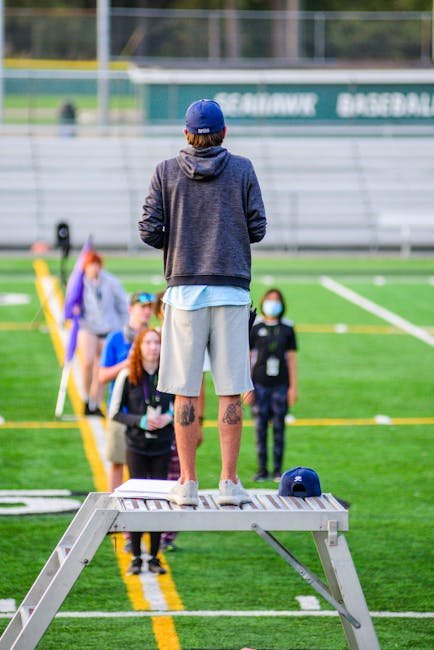Conducting Multi-team Retrospectives: Tips and Techniques
In the fast-paced world of agile development, retrospectives are a crucial tool for continuous improvement. But what happens when you have multiple teams working together? Conducting a successful multi-team retrospective can be a game-changer. Let’s dive into some tips and techniques that can help make your next multi-team retrospective productive and engaging.
Table of Contents
1. Understanding Multi-team Retrospectives 🌍
2. Preparing for Success: Setting the Stage 🛠️
3. Techniques for Engaging Multi-team Retrospectives 🎨
4. Common Challenges and Solutions 🚧
5. Conclusion: Reflect and Grow 🌱
6. FAQs 🤔
Understanding Multi-team Retrospectives 🌍
Multi-team retrospectives are meetings where multiple agile teams come together to reflect on their experiences, share insights, and identify opportunities for improvement. These retrospectives foster collaboration and alignment among teams, enabling a broader perspective on shared challenges and successes.
Preparing for Success: Setting the Stage 🛠️
Preparation is key to a successful multi-team retrospective. Here are a few steps to set the stage:
Define Clear Objectives 🎯
Before the meeting, clearly define what you aim to achieve. Are you looking to identify cross-team dependencies or improve communication? Having a focused objective ensures the retrospective stays productive.
Select the Right Participants 👥
Include representatives from each team who can provide insights and take back learnings. This ensures diverse viewpoints and comprehensive coverage of topics.
Choose a Facilitator 🧑💼
A skilled facilitator can guide the discussion, keep it on track, and ensure everyone’s voice is heard. Choose someone experienced in handling group dynamics.
Techniques for Engaging Multi-team Retrospectives 🎨
Keeping everyone engaged is crucial. Here are some techniques to consider:
Breakout Sessions 🚀
Divide participants into smaller groups to discuss specific topics. This encourages more in-depth conversations and ensures every voice is heard.
Visual Collaboration Tools 🖼️
Utilize digital boards like Miro or MURAL to visualize ideas and feedback. These tools make it easier to capture thoughts and foster creativity.
Rotating Spokespeople 🔄
After breakout sessions, have a spokesperson from each group share their insights. Rotating this role ensures different perspectives are highlighted.
Common Challenges and Solutions 🚧
Conducting a multi-team retrospective can come with its own set of challenges. Here’s how to tackle them:
Time Management ⏰
With multiple teams, time can quickly get away. Set strict time limits for each section of the retrospective and stick to them.
Varying Perspectives 🎭
Different teams may have varying viewpoints. Encourage open communication and remind everyone to keep the objective in focus.
Lack of Actionable Outcomes 📋
End the retrospective with clear, actionable steps. Assign responsibilities and set deadlines to ensure follow-through.
Conclusion: Reflect and Grow 🌱
Multi-team retrospectives are a powerful way to foster collaboration and drive continuous improvement across teams. By preparing effectively, using engaging techniques, and tackling common challenges, you can ensure these retrospectives are both enjoyable and productive. So, gather your teams, set your objectives, and start reflecting!
FAQs 🤔
Q1: How often should multi-team retrospectives be conducted?
A1: It depends on your project needs, but typically, they are conducted at the end of each sprint or project phase.
Q2: What tools can assist in a multi-team retrospective?
A2: Tools like Miro, MURAL, and Zoom can facilitate collaboration and visualization. Choose based on your team’s preference and tech comfort.
Q3: How do you handle dominant voices in a multi-team retrospective?
A3: The facilitator should ensure balanced participation by setting ground rules and encouraging quieter members to share their thoughts.
Q4: Can multi-team retrospectives be conducted remotely?
A4: Absolutely! With the right tools and preparation, remote retrospectives can be as effective as in-person ones.
Q5: What if teams have conflicting feedback?
A5: Address conflicts by focusing on the objective and finding common ground. Facilitators can mediate to reach a consensus.













